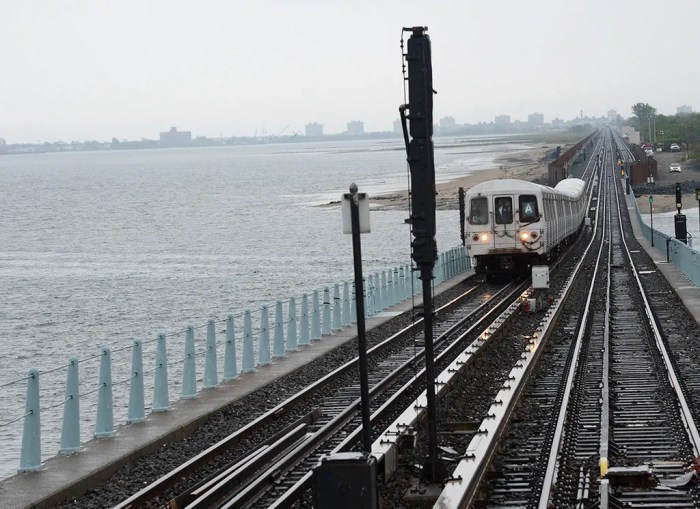By Helen Klein
In the past five years, 75 people have died as the result of dormitory fires at this country’s colleges and universities. To some degree, according to Rep. Vito Fossella, these senseless losses of life occur because institutions of higher learning don’t always have the available funding to upgrade the fire prevention technology available in student housing. Indeed, he said, in New York State alone, while 90 percent of campus dorms have some sort of fire detection or fire alarm systems, only 15 percent of campus residences are fully equipped. To correct this situation, Fossella introduced legislation last month that would encourage colleges and universities to partner with the federal government to upgrade their fire safety systems, by installing a range of potentially life-saving equipment, from smoke detectors to sprinkler and fire suppression systems to extinguishing systems and manual pull stations. The legislation, College Life Safety and Fire Prevention Act, would authorize funding in the amount of $3 million per year for a total of four years to aid institutions of higher learning make purchases of qualifying equipment. Under the legislation, any federal funding granted under the program would have to be matched, 50-50, by the institution of higher learning that had applied for it. “We know by experience and common sense that fire detection equipment and sprinklers save lives,” emphasized Fossella during a press conference in front of Engine Company 242, at Fifth Avenue and 92nd Street in Bay Ridge. “We also know there has, over time, been a tragic loss of life in college dorms when colleges lack adequate systems. The last thing a parent wants is to receive a phone call, while a son or daughter is away from school, telling them that their child has been injured in a fire or worse. “Public safety is a critical component of government,” Fossella added. While, ideally, “Over time, colleges and universities should do everything possible on their own, we have to deal with the cards we have before us.” “Any time you have an early warning system, you are going to save lives,” added Lieutenant Al Trinidad, of Ladder Company 110. “Any time people know about a fire when it first starts, it gives them more time to get out. Any time you can extinguish a fire when it’s in its early stages, you’re ahead of the game.” In terms of fire safety, noted Fossella, “We’ve made progress in the homes and businesses, but we’re still lacking in dorms. The New York State Office of Fire Prevention and Control Service indicated that 90 percent of the residential facilities on campuses, here at least, are equipped with some type of fire detection or fire alarm systems. Statistics show that 58 percent of dorms in the state have partial sprinkler systems, 27 percent have no sprinklers and 15 percent have full coverage.” Between 1993 and 1997, Fossella said, there had been over 1,600 fires on college campuses across the country, with over 90 percent of these fires taking place in dorms. The financial cost of such fires exceeds $9 million a year, he said. Fossella said he didn’t know what the chances of passage were for the legislation. The bill ha been endorsed by the National Burglar and Fire Alarm Association (NBFAA) and its federation of state associations. Noted Merline Guilbeau, the executive director of NBFAA, “It is the position of the NBFAA that true fire safety involves both detection and suppression. Fire alarms provide an early warning to students to evacuate the burning area, and thus saves lives in the process.”


































